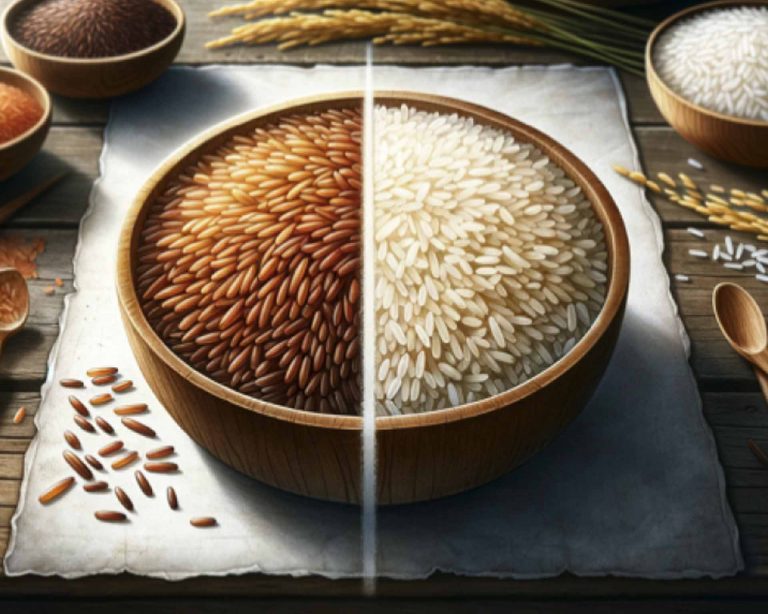The debate over the nutritional value of brown rice versus white rice is not a new one, and it often leads to conflicting opinions. This article aims to shed light on some common claims and provide a balanced view of the evidence.
- Nutritional Differences Between Brown and White Rice:
Brown rice, with its intact bran and germ, offers more fiber, vitamins, and minerals compared to white rice. These nutrients can have positive effects on digestive health and blood sugar control. White rice, on the other hand, is more refined and may be
easier to digest for some individuals but lacks many of the nutrients found in brown rice. - Lectins and Other Anti-Nutrients: A Cause for Concern?
There are claims that brown rice contains harmful substances such as lectins that might damage the gut lining or trigger autoimmune reactions. While these anti- nutrients exist, studies have found that the levels in brown rice are typically not high enough to cause significant health issues for most people, especially when cooked properly. - Arsenic in Rice: A Real Risk?
Both brown and white rice can contain arsenic, a toxic substance found in soil and water. Brown rice tends to have more arsenic due to its outer layers, and levels can vary depending on where the rice is grown. Health organizations recommend diversifying grain intake to minimize exposure to arsenic, acknowledging it as a consideration but not necessarily a definitive reason to avoid brown rice. - White Rice and Its Impact on Diabetes:
White rice has a higher glycemic index and may cause faster spikes in blood sugar levels. Research has linked higher white rice consumption to an increased risk of type
diabetes in some populations. Individuals with diabetes should consult with healthcare professionals to determine the appropriate type and amount of rice in their diet. - White Rice as a Carbohydrate Source for Athletes:
White rice can be a source of carbohydrates for glycogen replenishment in athletes, but it’s not necessarily a superior choice. Athletes should consider their overall nutrition and performance needs when selecting carbohydrate sources.
Conclusion:
The choice between brown and white rice depends on various factors, including individual preferences, dietary needs, and specific health conditions. Both types have their pros and cons, and one should not be universally deemed healthier than the other.
Both brown and white rice can be part of a balanced diet, and their consumption should be considered within the broader context of nutritional needs and personal health goals.
References:
- Whole Grains Council. “What’s the Difference Between White Rice and Brown Rice?” Retrieved from Whole Grains Council website
- Mishra, S., & Dwivedi, P. D. (2015). “An overview of the recent developments in polyclonal antibody-based immunoassays for determination of glycoalkaloids in potato and potato products.” Journal of Food Science and Technology, 52(9): 5270–5279. DOI
- U.S. Food and Drug Administration. (2013). “FDA Statement on Testing and Analysis of Arsenic in Rice and Rice Products.” Retrieved from FDA website
- Hu, E. A., Pan, A., Malik, V., & Sun, Q. (2012). “White rice consumption and risk of type 2 diabetes: meta-analysis and systematic review.” BMJ, 344:e1454. DOI







